Even in 2021, email marketing is considered as one of the best practices and cost-effective digital marketing tools. Its high ROI (Return on Investment) evident that even with the help of small financial investment it can increase business sales and engage with current customers as well as prospects.
Modern email marketing is not always given the credit that it deserves – in some people’s eyes this might even sound like “old school”, with recent digital marketing methods like social media marketing is mostly in the spotlight of the conversation. However, when used to its fullest potential, email marketing can be an exponentially effective method for generating new leads, or customer enquiries and engaging long-time customers.
So, don’t just aimlessly spam your potential customers with individual ads or campaigns – utilize these 8 tips in your email marketing strategy:
- Build your mailing list yourself carefully
- Fight for attention with a compelling subject line
- Provide real value
- Don’t bore the reader
- Engage by activating
- Optimize, personalize, automate
- Fine-tune the visual design to match your brand
- Let the subscriber decide for themselves
1. Build your mailing list yourself
I can’t really remember when did I sign up for this newsletter? How did this company obtain my email address?
This is mainly the reactions of the people who might be receiving random marketing emails from a company that they don’t even know. In most cases, they will either ignore the mail or will immediately unsubscribe, or even move the message directly to the junk mails which will be of no use to the company. And this could also harm your deliverability.
Never buy a mailing list – always build it yourself.
You should never go for this option. By purchasing a mailing list, you’re mostly just spending your precious money on a bunch of non-functioning, or at least non-targeted, email addresses. The direct outcome imaginable is that the list you buy isn’t collected lawfully, and you’ll end up harming your organization’s reputation.
Taking care of your leads and engaging your customers is considerably more effective when they have subscribed to your newsletter with their consideration. With the help of this, the people signing for your emails will get what they are really looking for rather than some unwanted emails that would probably lead to spamming.
How can I get subscribers?
Now comes the question of how to gain those subscribers? There are several ways where you can gain subscribers for your newsletters. One of the most common ways is using an opt-in form. Make it visible on your site, and show it to your online store clients when they purchase your products, or to online visitors who sign up for your event or join an enrollment program, for example.
You can also attract people to your mailing list with the help of lead magnets by providing them valuable content like downloadable guides or discount vouchers, or by running a giveaway, for instance.
With the help of that opt-in function, you can make sure that your subscribers’ email addresses are the true ones, as it will ask them to confirm the email with the help of the link provided to them personally. By the end of each newsletter, make sure to allow the recipient to know that they received the email – or in simple words you let them know how your organization received their email address.
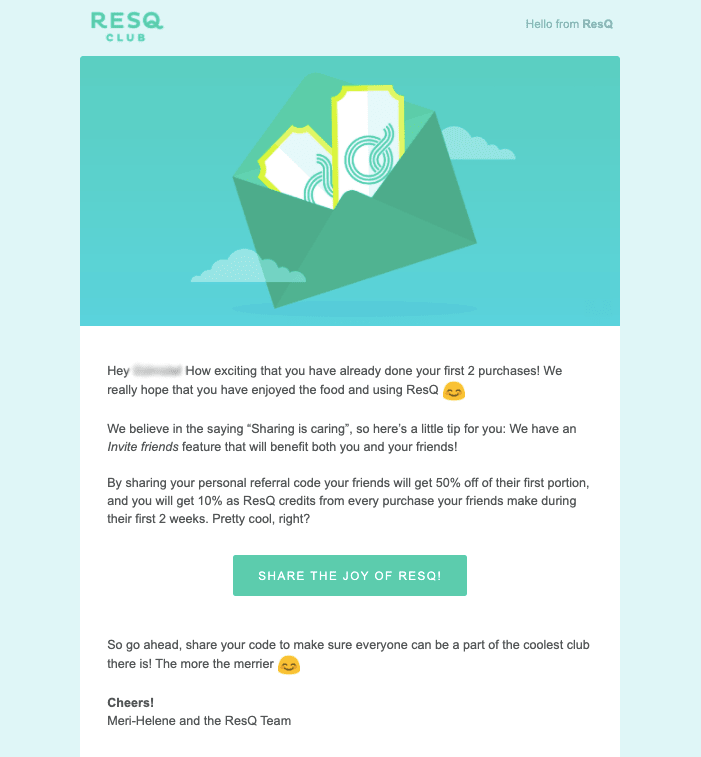 2. Fight for attention with a compelling subject line
2. Fight for attention with a compelling subject line
Nowadays many people read their emails on their mobile devices. As per the eMailmonday, depending on factors like your target audience, the number of people who will read the emails on their mobile could be as high as 78%. It’s therefore very likely that you’re fighting for the recipient’s focus with a flood of notifications.
You can evaluate yourself with the help of this question which states Which one would you click on first: new Instagram likes, a Facebook post, a message from a friend, a tweet posted by your favorite public figure, or an email from a company?
It’s a jungle out there: The competition of a potential customer’s attention is tough.
The main focus is on creating the attention-grabbing subject lines: This is the most important part of the engagement process. The headline itself must tell the value brought by the newsletter, and compel the recipient to open and also to read the mail.
A/B testing helps you to evaluate what kind of subject lines work for your target audience. The function will allow you to send two variant versions of the newsletter to a small portion of your mailing list, and to finally choose the headline that played better for the remaining recipients.
Focus on the length of the subject line also. On many devices, only the first few words fit the screen. Just because of this, one must go for the shorter subject lines of about five to seven words.
3. Create real value
Check that each newsletter gives value to the subscribers. The email can get concrete gains to the receiver, like:
- Tips or a guide
- A personal offer or a discount code
- Personalized content, such as an article picked specifically for the individual based on their previously read content
- A reminder
- An invite to an event
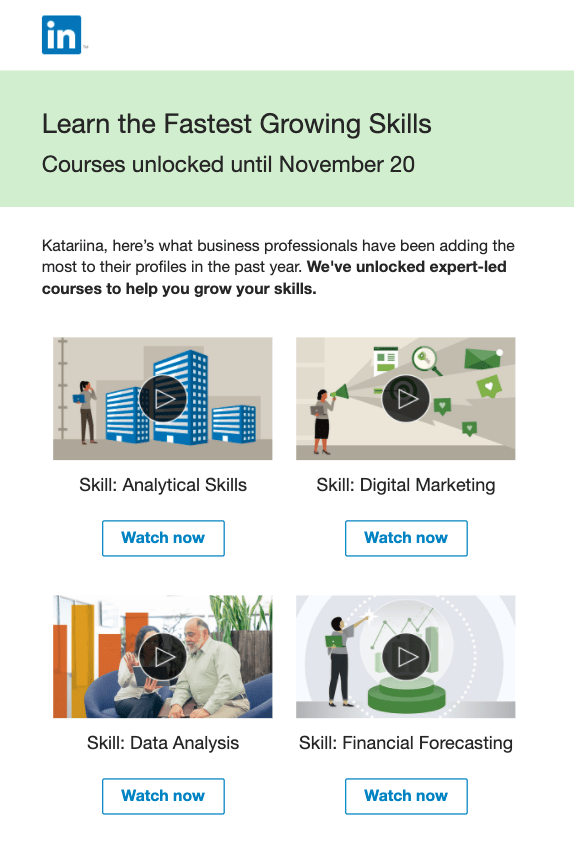 Value can also be created by evoking emotions or by creating a positive image of the organization. This will strengthen the organization’s brand image and help with the long-term engagement process of your customers. Examples of this would be thank you and welcome letters or showing the customer you value their opinion by asking for their feedback.
Value can also be created by evoking emotions or by creating a positive image of the organization. This will strengthen the organization’s brand image and help with the long-term engagement process of your customers. Examples of this would be thank you and welcome letters or showing the customer you value their opinion by asking for their feedback.
Value can also be made by bringing out feelings or by creating a positive image of the organization. This will help in building the organization’s brand image and help with the long-term engagement process of your clients. Examples of this would be the thank you page and welcome letters or providing the customer you value their opinion by asking for their input.
4. Don’t bore the reader
Always keep in mind that the main focus should be that you are not letting your readers get bored. And also mainly when it comes to social media, there’s a clear point in the context of the length of the content: both texts and videos are getting shorter.
And it is also proved that longer content of about 1,200 words would perform better when we talk about the online search results. However, when we’re pointlessly browsing our phones, we tend to read short Instagram captions or 280 character tweets rather than longer articles.
The same applies to the video content: Instagram Stories or Reels that only last for a couple of seconds are increasing in popularity, as they’re easier to watch than 10 minutes long videos.
The same goes for the video content: Instagram Stories or Reels that only play for a couple of seconds are rising in popularity, as they’re much easier to watch than 10 minutes long videos.
Always remember while you’re designing your newsletters: Don’t bore your subscribers or scare them away by including too much text.
Unless we’re intently seeking certain information, we mainly tend to opt for easy-to-consume content that doesn’t challenge our attention period for too long. If the newsletter is too time-consuming and difficult to read during a coffee break, for instance, many receivers are more likely to skip reading it.
And so your newsletter should be brief enough to create the receiver’s interest and attention. Attract the reader in with light, easy-to-approach content, leading them to your longer main content like the articles, landing pages, or online stores, with links. Don’t provide too much information in the newsletter itself else the people will not direct to the main content.
5. Engage by activating
Once you have figured out how to get the reader to open your email and to rapidly look over the upper part of the letter, it’s an ideal opportunity to urge them to make a move.
This is maybe perhaps the main important step in the engagement cycle, as guiding the reader to an online store, a landing page, or to some activity will help sustain your leads into clients.
The simplest method to activate your newsletter readers is by utilizing a Call-to-Action (CTA) button. It tends to be, for example:
- Browse New Products
- Continue Reading
- Download the Guide
- Rate Us (perhaps a star rating that the reader can easily click on?)
The CTA should be visually clear and straightforward. It should be planned in a way that makes it stand out from the rest of the content. It should also be set sufficiently high on the letter so the readers who just rapidly examine through the message will see it prior to leaving.
6. Optimize, personalize, automate
The great thing about digital marketing is that clicking the links on newsletters and websites leaves a digital trail that can be extremely valuable to an organization. Basically, everything can be estimated somehow, and advertisers can and should use the gathered information in their email marketing.
Focusing on the marketing efforts that bring results and tweaking the ones that don’t proceed too will assist you with improving the ROI of your marketing.
Gathering information allows you to customize your emails. Newsletter subscribers can, for example, be suggested informative articles on a subject they’re keen on or help them discover a product with the particular highlights they’re searching for.
Furthermore, if the client has allowed their name to be saved during a purchase or in an opt-in form, including their name in the newsletter might be a nice extra touch.
By dividing their mailing list, an organization can target specific messages to recipients of specific standards. The fragments can be classified depending on their past activities like purchases, or demographic factors like age, for instance. This way newsletters can be custom-made for a particular target audience.
The gathered information can likewise be utilized in automation, which will in general go inseparably with email advertising. Specific activities can be set to trigger an automated email, for example, a shopping basket reminder in online stores or a thank you letter after a buy or an occasion. By using information, the messages can be sent at the ideal time either as individual messages or drip campaigns to adequately connect with the client.
7. Fine-tune the visual design to match your brand
Brand continuity is key: how would you like to communicate your brand in your newsletters?
Follow your brand rules in the designs of your emails and landing pages. Small details, for example, linguistic or visual choices may not feel too significant, yet they can essentially affect your Click-through rates and how your customers see your brand.
Expanding your brand recognition can directly affect client loyalty and help to engage single-time buyers into loyal regular clients.
An aesthetically pleasing design will assist with keeping up the reader’s interest. Utilize visual components like pictures, videos, infographics, and different layout options in your newsletters.
By testing distinctive format and style options you can discover, what sort of components work the best for your audience.
8. Let the subscriber decide for themselves
After completing all of the previous steps, you need to track down an ideal frequency for sending your newsletters. A newsletter sent too often might be viewed as spam – and yet, you additionally need to ensure you’re sending enough emails to help you with the engaging process.
Consider tailoring the number of letters for your client’s individual requirements by allowing them to decide for themselves in the opt-in form. Ask them, regardless of whether they need to get an email from you day by day, week by week, or month to month, for example, and what sort of content they might want to see from you.
For example, an individual reading an online paper might need to get a compilation of news related to a specific field, like a business and financial matters, each day. Another reader of a similar magazine will need a recap of the main features across all fields once per week.
The same can apply to an online store too: An individual keen on a particular field, like innovation or design, might need to get data on the latest products once a week, while an occasional customer may need a similar newsletter just once every month.
At the point when the content specifically meets the client’s issues, activating them turns out to be a lot simpler. A reader of a magazine will click on the articles they’re keen on, and an online customer will profit from the offers that are sent to them at a convenient time.
If they want to leave, let them go
Unsubscribing from a mailing list should also be simple for the reader with a simple link in the newsletter. Try not to attempt to fool your subscribers into remaining with you by making the process complicated. Here’s the reason:
- A mailing list full of inactive contacts will be of no use to you.
- User-friendliness is a value in itself – if unsubscribing is difficult, it will only make your company and website look bad.
- If unsubscribing isn’t easy enough, many people may simply move the emails to their junk folder. This can impact the deliverability of your newsletters.
Blupord is an official partner of Liana Technologies, and we are providing an excellent email marketing platform to our clients where our clients can choose from various tested templates, easy-to-use drag & drop editor – no coding skills needed, high-quality sending servers and a support team taking care of your newsletter deliverability. Furthermore, we provide advanced segmentation, personalization and email automation tools, strict email database security, integrations with different CRM systems, analytics tools and other software.
For more details and how we can assist you email us on [email protected].


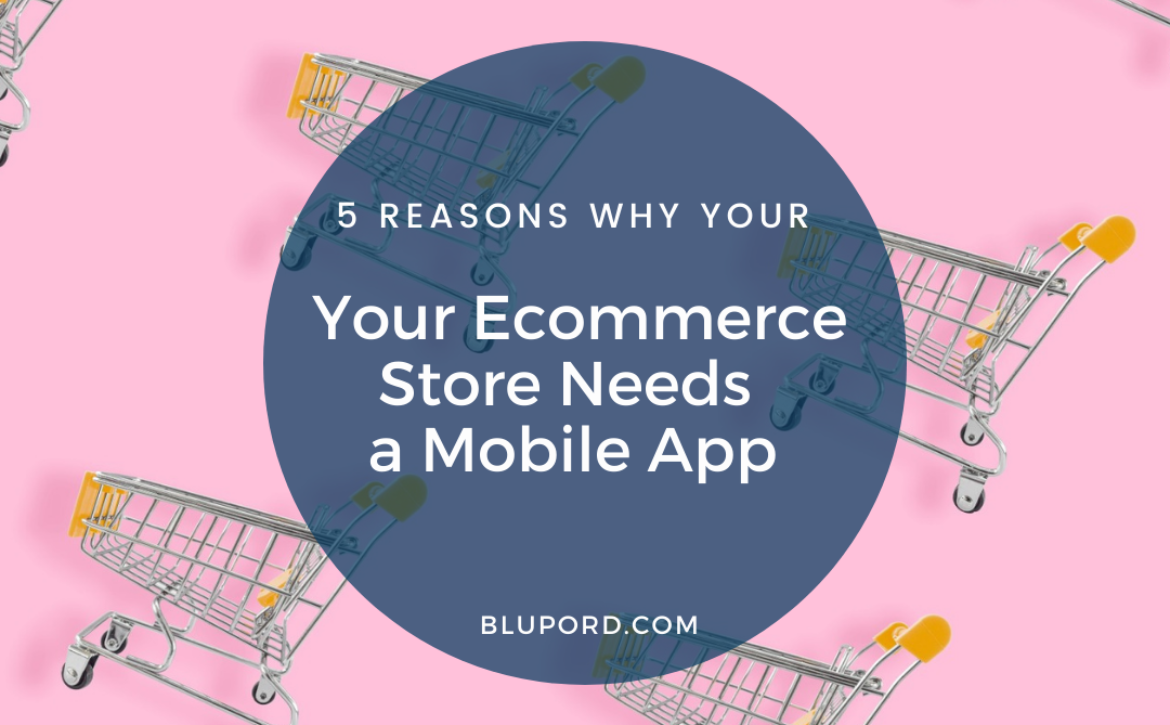

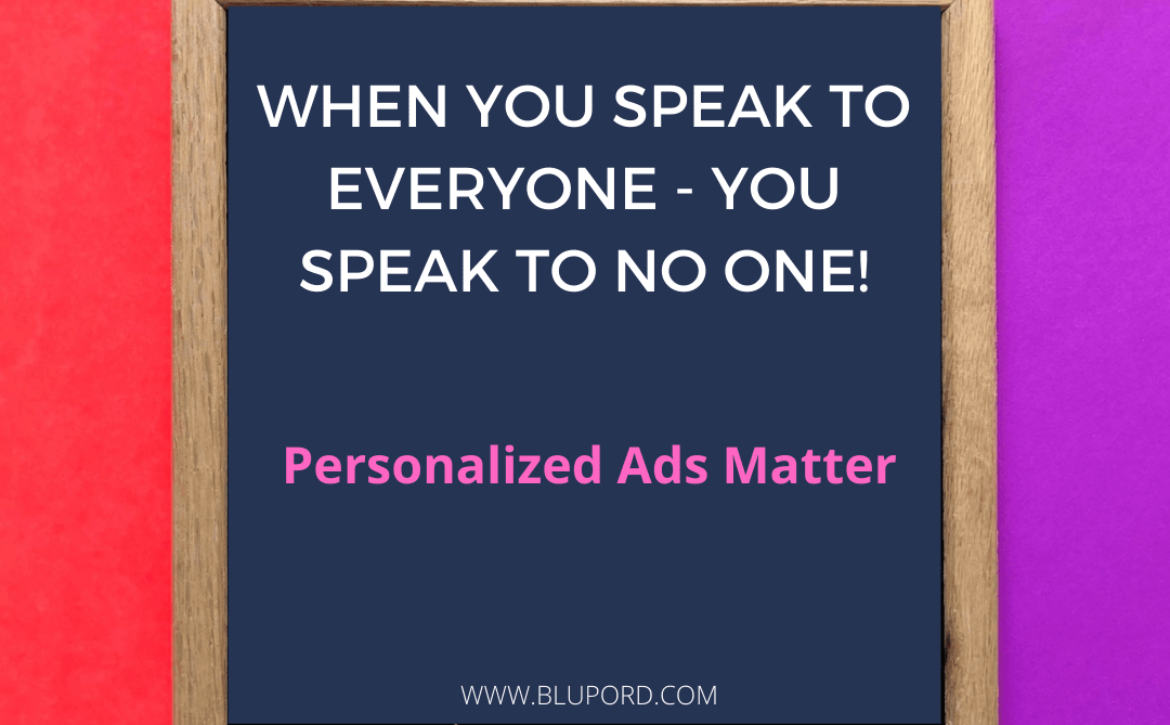

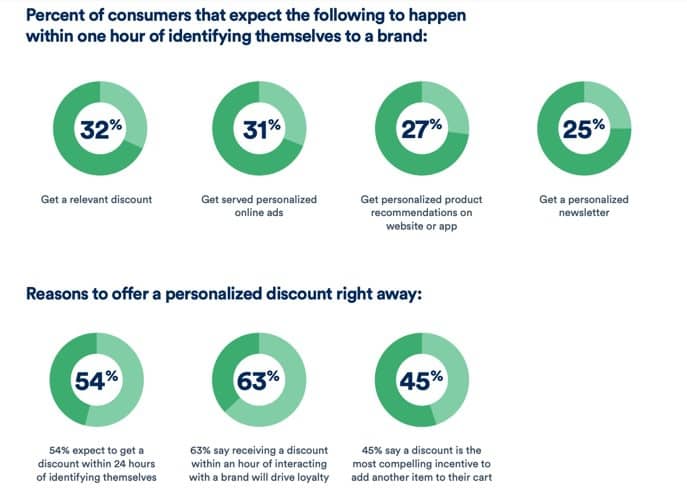
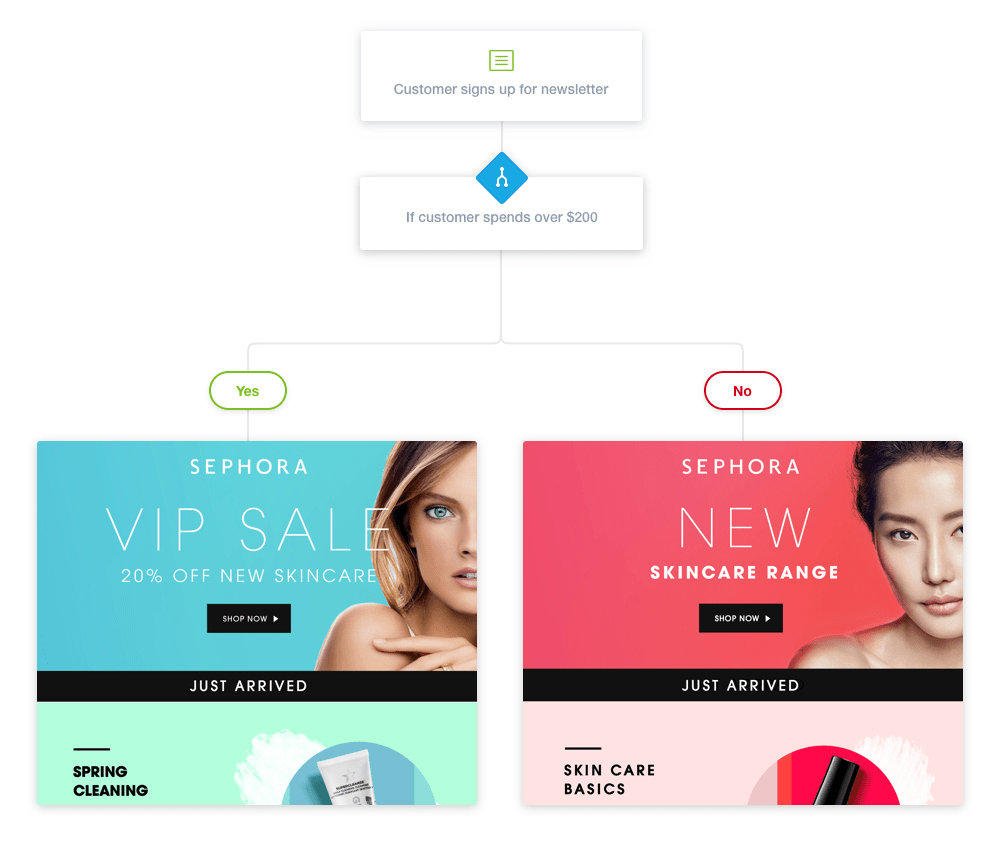
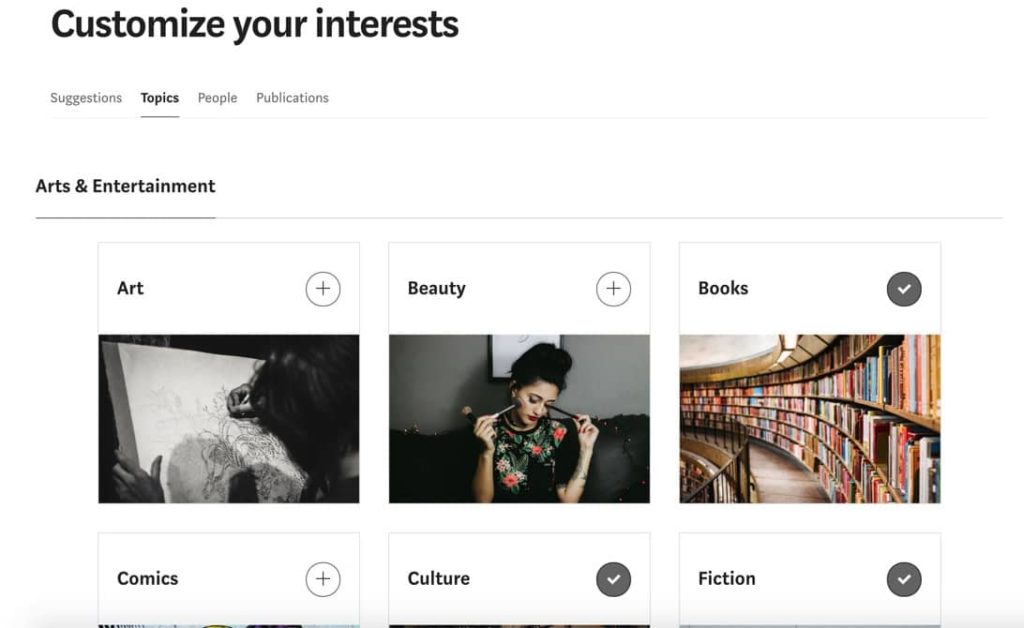
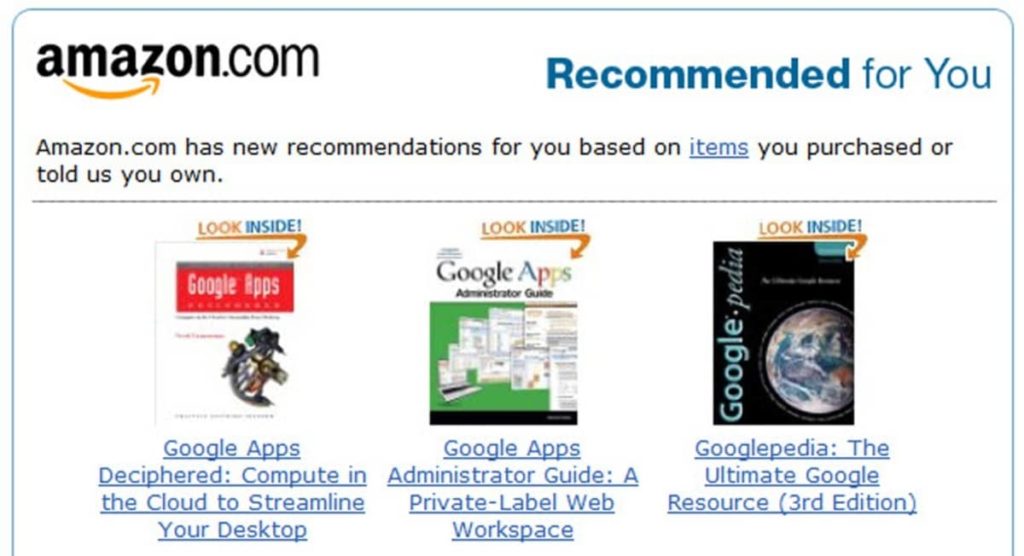
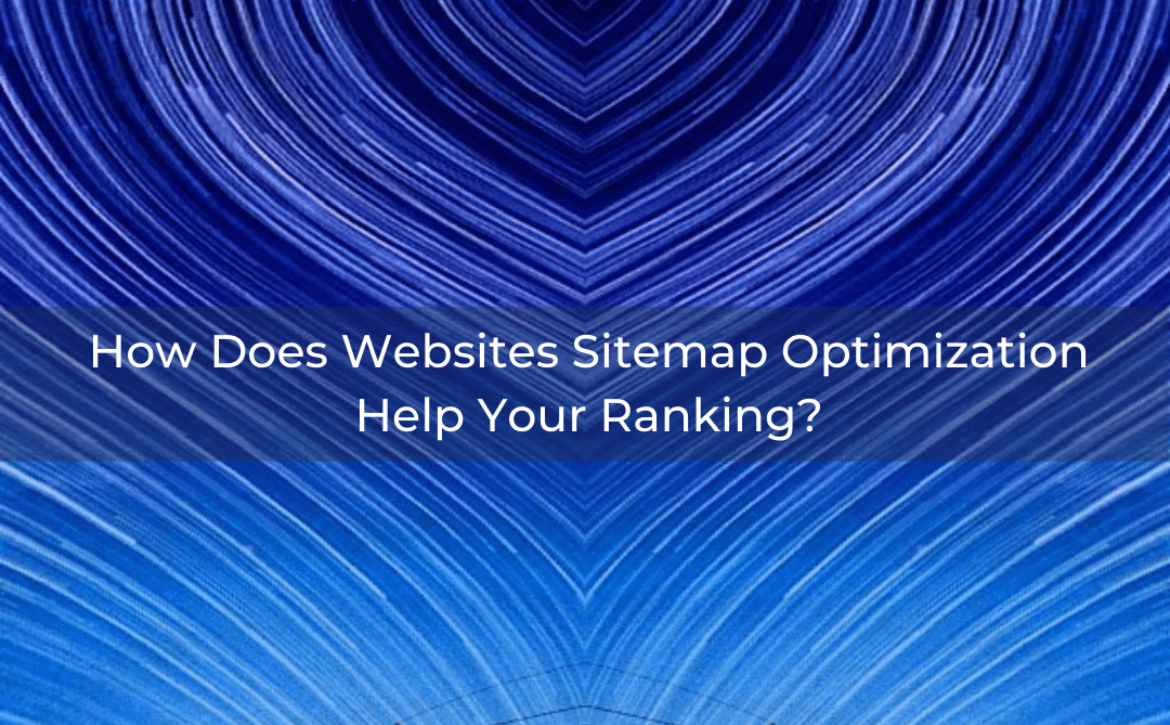
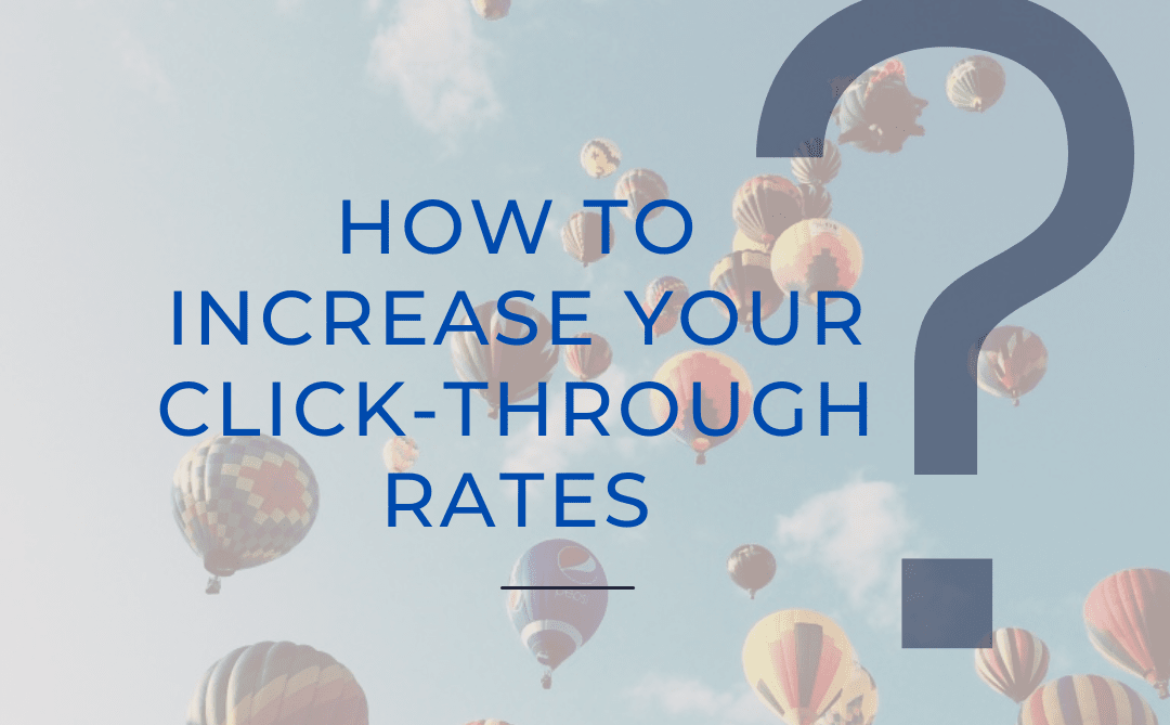
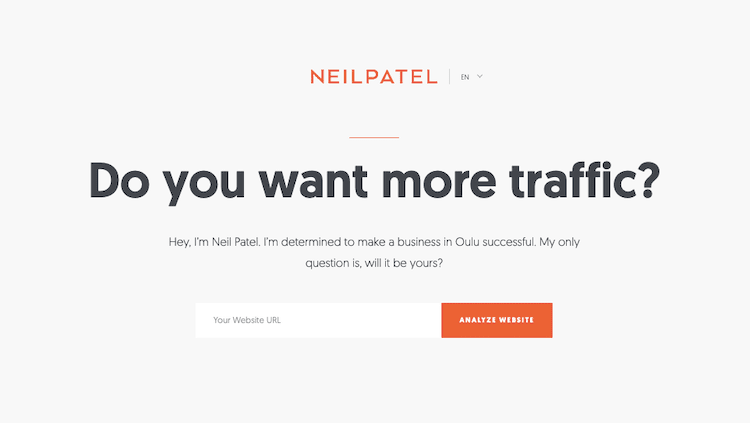 2.
2.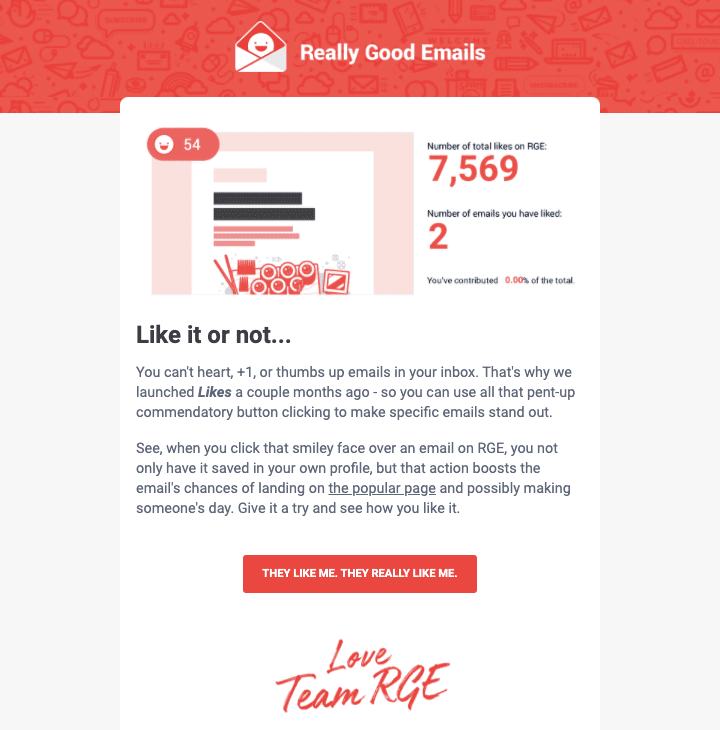 Using personalization in your CTAs can make them more viable. The present innovation offers different kinds of chances for marketing automation and triggered communication. With the help of innovation, you can have different Call-to-Actions relying upon which channel the individual came from, and what their activity was before seeing your CTA.
Using personalization in your CTAs can make them more viable. The present innovation offers different kinds of chances for marketing automation and triggered communication. With the help of innovation, you can have different Call-to-Actions relying upon which channel the individual came from, and what their activity was before seeing your CTA.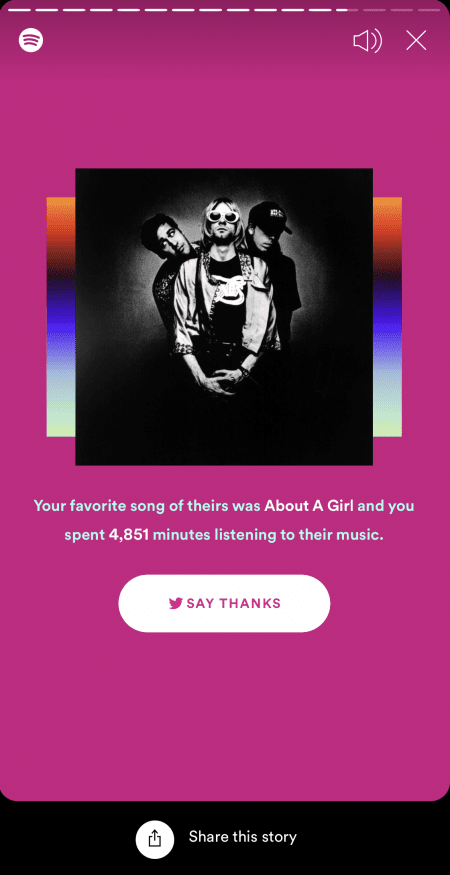 5. Brief & noticeable CTAs
5. Brief & noticeable CTAs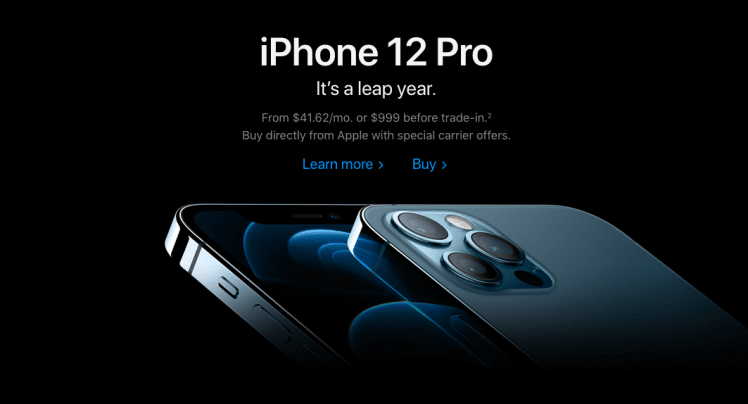 7. Analyze and double-check the path
7. Analyze and double-check the path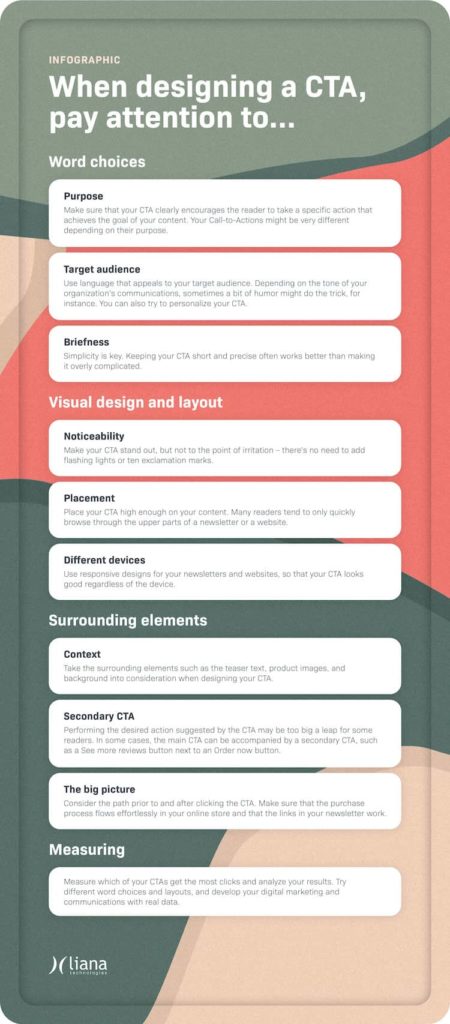 Take advantage of your
Take advantage of your 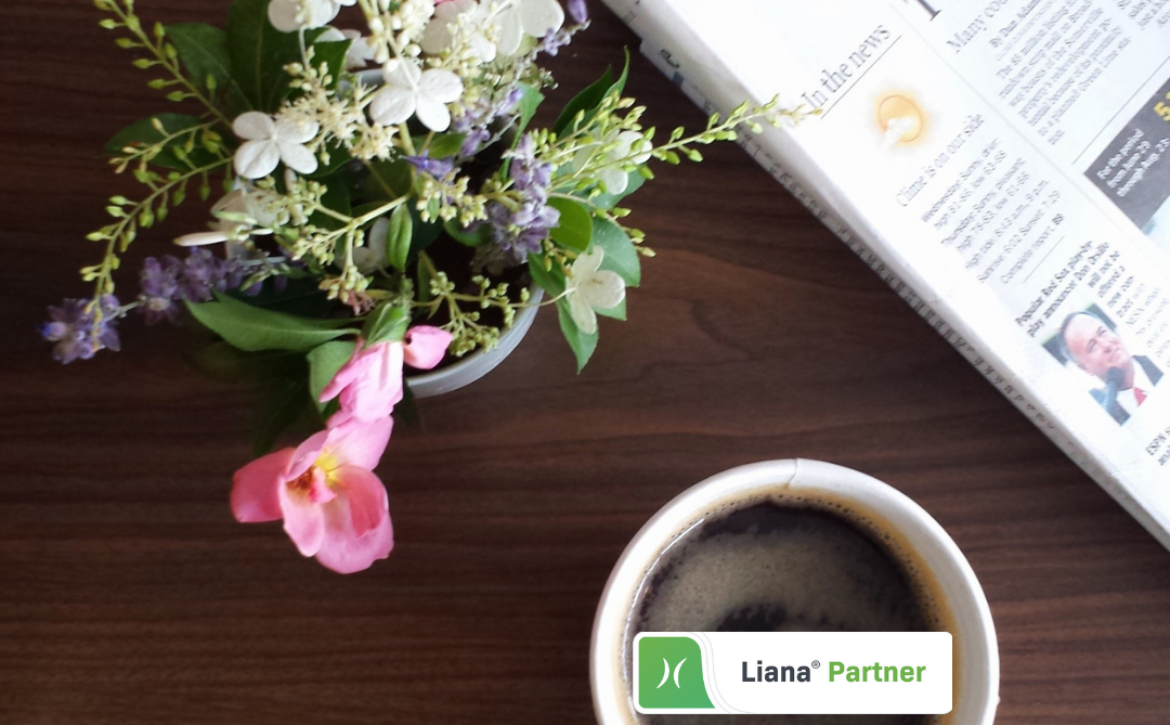
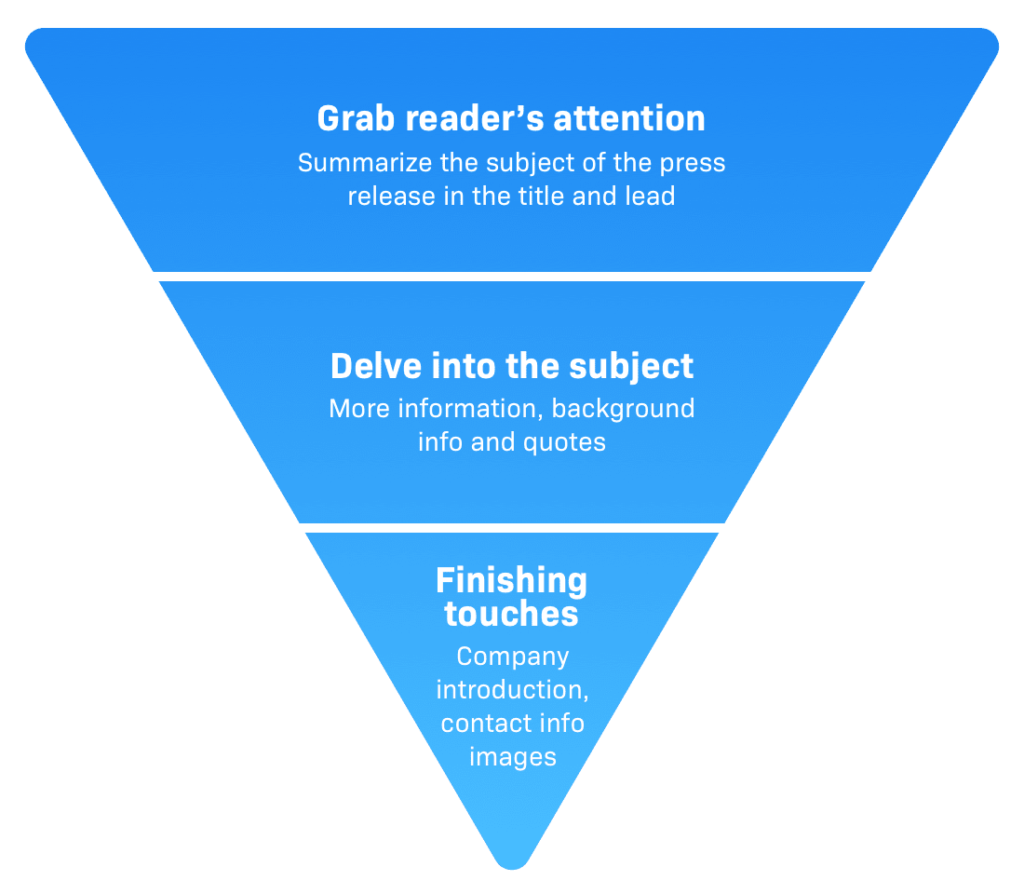 1.Grab the reader’s attention
1.Grab the reader’s attention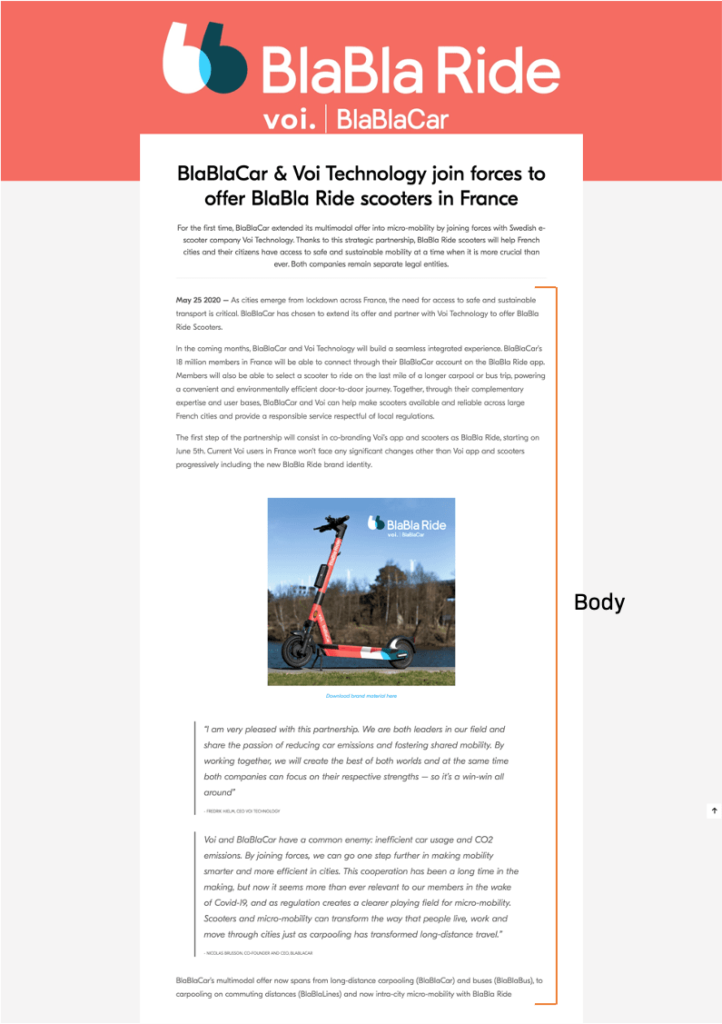 In the body of your press release, you can embed quotes or statistics, to make your piece more complete and solid.
In the body of your press release, you can embed quotes or statistics, to make your piece more complete and solid.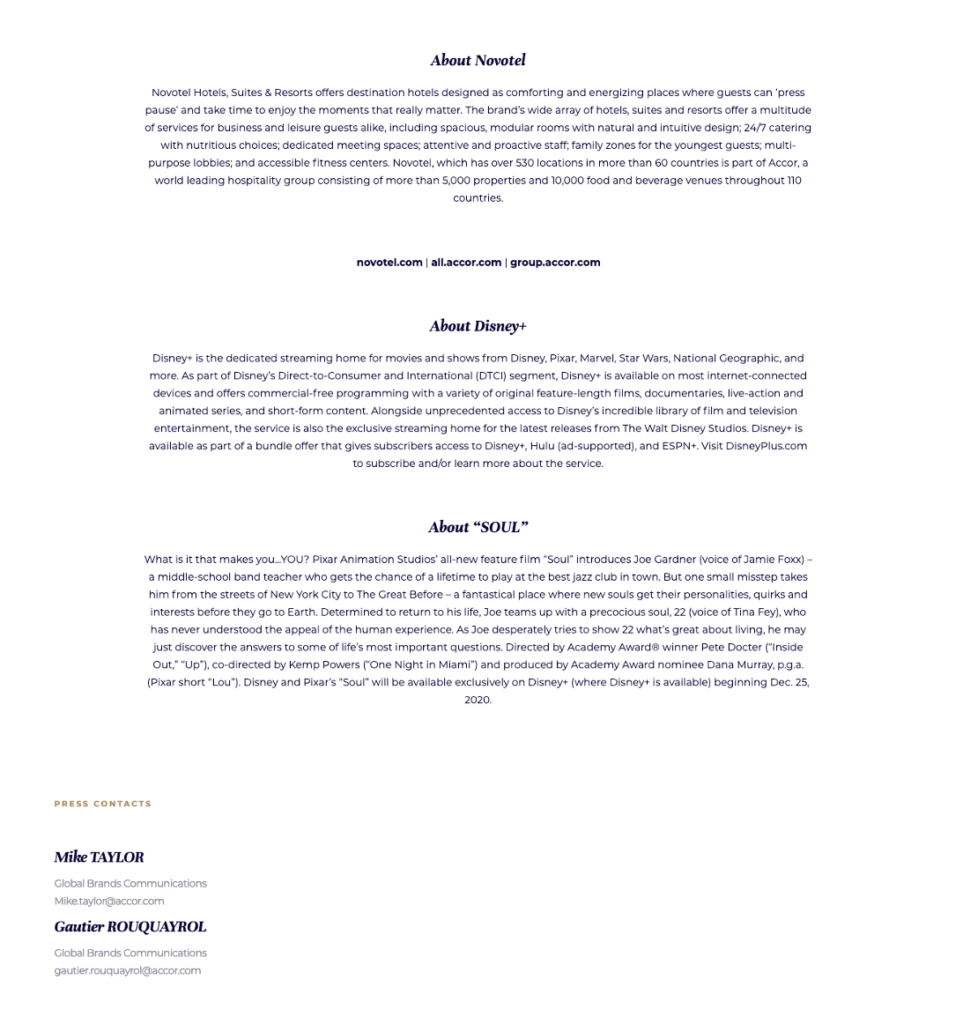 Even if you are an international company, you should add a boilerplate to your press release, just like McDonald’s does:
Even if you are an international company, you should add a boilerplate to your press release, just like McDonald’s does: Before sending your press release, ensure that you have these components – the ideal length being one page. Remember to add the logo of your organization to start with, so the reader knows which organization is being referred to.
Before sending your press release, ensure that you have these components – the ideal length being one page. Remember to add the logo of your organization to start with, so the reader knows which organization is being referred to.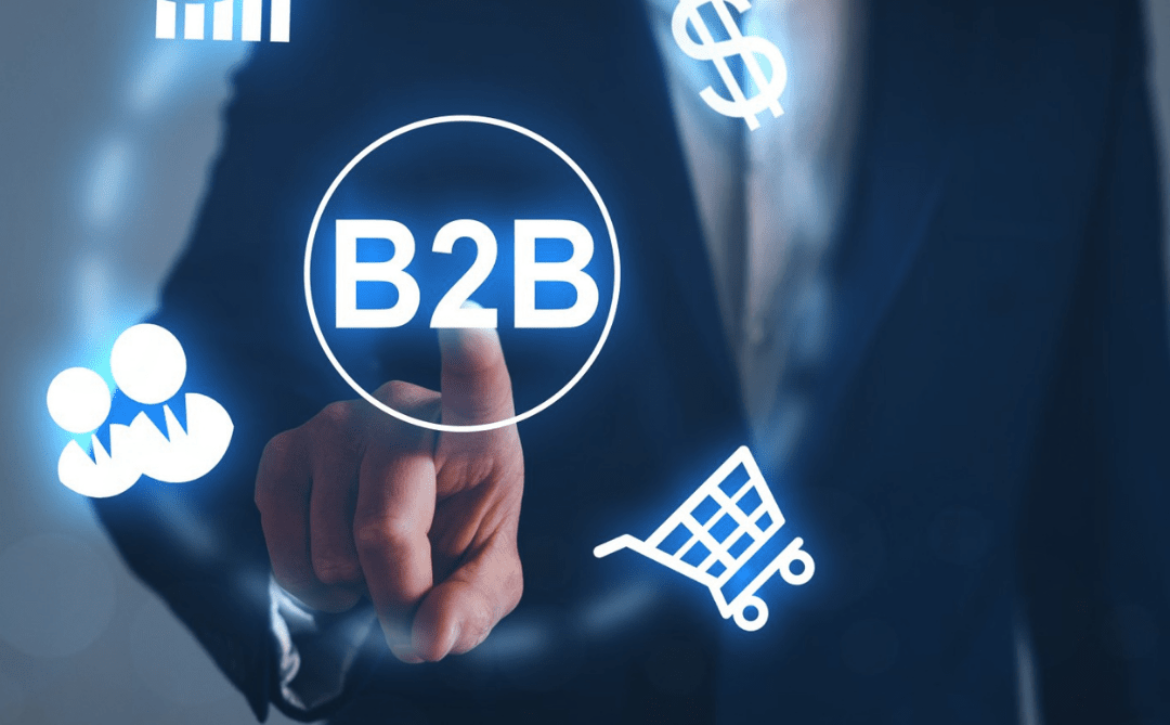
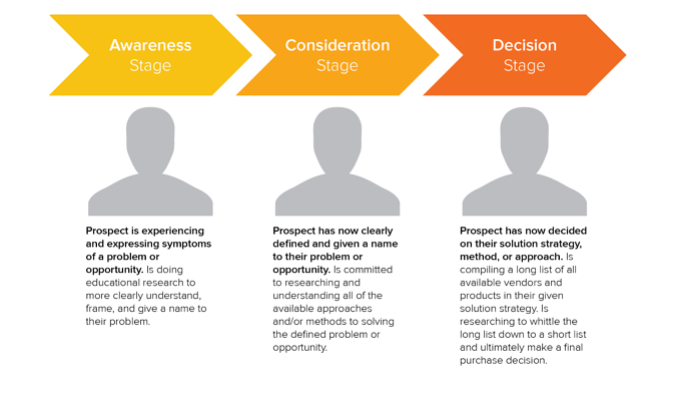 B2B Email Marketing
B2B Email Marketing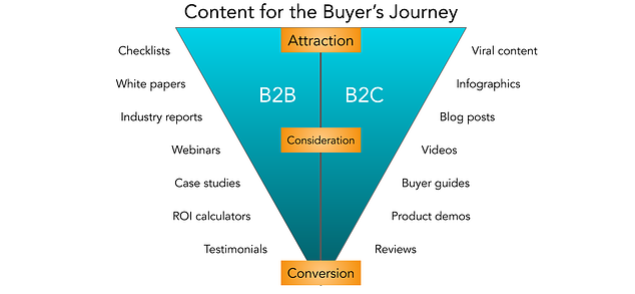 B2B Social Media Marketing
B2B Social Media Marketing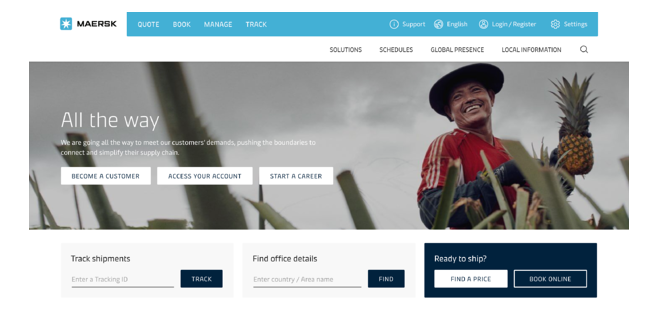 It’s almost difficult to know the plan of each and every individual who lands on your
It’s almost difficult to know the plan of each and every individual who lands on your 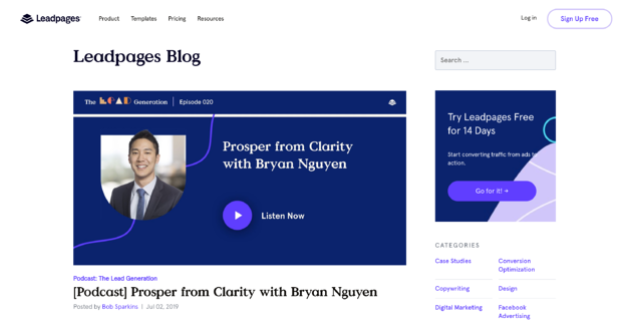 LeadPages produces various sorts of content resources, like a blog, customer stories, a podcast, and a webinar. The variety in these resources permits the organization to reach customers where they are utilizing the strategy that best impacts them.
LeadPages produces various sorts of content resources, like a blog, customer stories, a podcast, and a webinar. The variety in these resources permits the organization to reach customers where they are utilizing the strategy that best impacts them.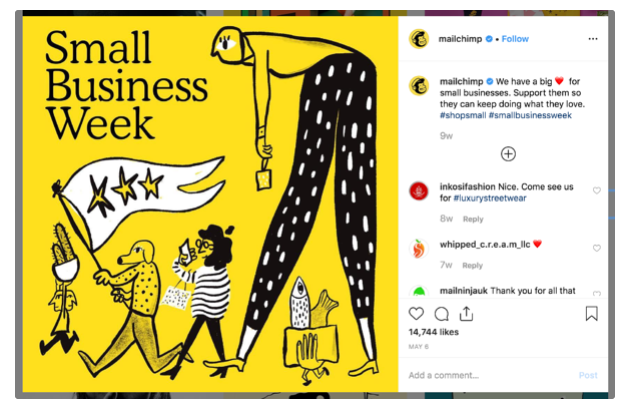 Fewer than half of its Instagram posts have to do with email marketing or the MailChimp product, yet the MailChimp team consistently figures out how to make the posts relevant to its followers— all while including fun, engaging, on-brand graphics and videos.
Fewer than half of its Instagram posts have to do with email marketing or the MailChimp product, yet the MailChimp team consistently figures out how to make the posts relevant to its followers— all while including fun, engaging, on-brand graphics and videos.

 2. Fight for attention with a compelling subject line
2. Fight for attention with a compelling subject line Value can also be created by evoking emotions or by creating a positive image of the organization. This will strengthen the organization’s brand image and help with the long-term engagement process of your customers. Examples of this would be thank you and welcome letters or showing the customer you value their opinion by asking for their feedback.
Value can also be created by evoking emotions or by creating a positive image of the organization. This will strengthen the organization’s brand image and help with the long-term engagement process of your customers. Examples of this would be thank you and welcome letters or showing the customer you value their opinion by asking for their feedback.




